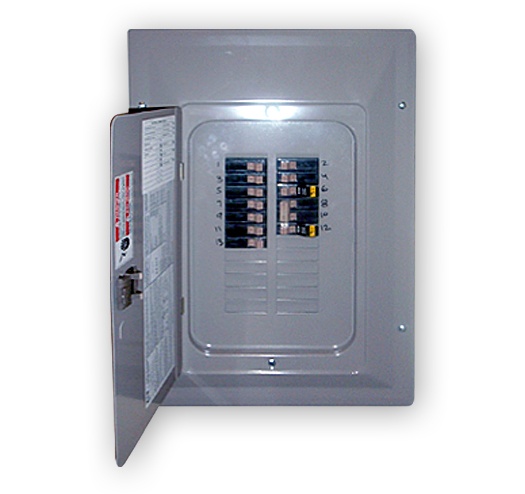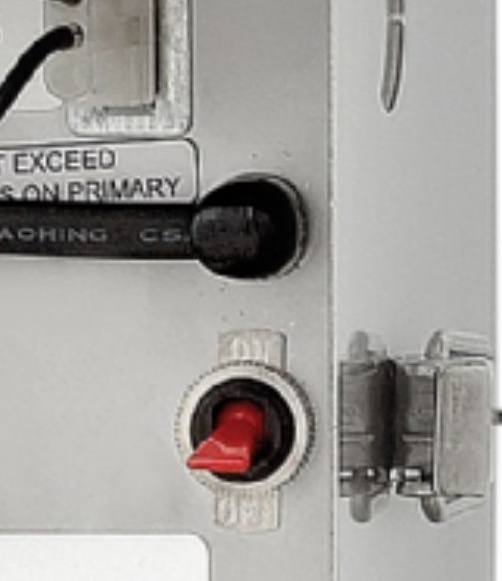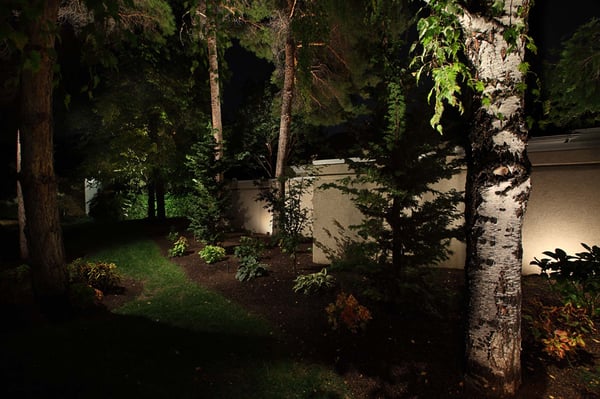5 Things I Learned As a Low Voltage Landscape Lighting Tech That Utah Home Owners Need to Know
I spent my first couple of years at Landscape Lighting Pro of Utah as a Lighting Technician, and then as a Crew Leader. I’ve worked on countless low voltage landscape lighting installation projects that required careful planning and a lot of technical skill. Fortunately for you, the reader, this blog isn’t about bombarding you with trivial information concerning voltage drops, kelvin temperatures, and lumen outputs. I’m simply offering up 5 simple things I learned as a tech that can help you trouble shoot your low voltage lighting system if the lights aren’t coming on.
Trouble shooting the issue
Nothing is more irritating then when something isn’t working the way it should. With these tips it’s my hope that you can quickly get your lights up and running again.
- If none of your lights are coming on, the best place to start is the transformer (the metal box all the lights are hooked up to). The transformer will likely be mounted on the side of your home next to an exterior outlet. The first step to trouble shooting your system will be to ensure that the transformer is plugged into the outlet. If you’re like me, you’re probably wondering why it wouldn’t be plugged in. But go ahead and check just to make sure. If you plug the transformer’s cord into the outlet and your lights come on that night, you’re set to go.
- If your lights still aren’t coming on, check to make sure your outlet has power. Bring a hair dryer or a phone charger outside and plug it in to the outlet to test for power. This will help you determine if the problem is with your outlet or with your lighting system. If you plug your phone charger into the outlet and it won’t charge your phone, then you know that your outlet doesn’t have any power – that’s the problem. To remedy this, there are two things you can do.
- First, go back inside and check your breaker panel. Make sure that all the breaker switches are flipped to the appropriate setting. If any are tripped, set them back to the appropriate ON position and check your outlet for power again.
- Second, if the breaker panel is fine, then you will need to check all your GFCI outlets and reset them. The GFCI outlet is the kind of outlet you’ve seen in your bathroom next to the sink – they have little reset buttons on them. Sometimes after a heavy rain storm, or for other reasons, the GFI will trip. This happens for safety reasons to avoid electric shock. After doing all this and power still hasn’t been achieved in your exterior outlet then you may need to have an electrician evaluate why there isn’t any power.

- If you have managed to restore power to the exterior outlet and the lights still won’t come on at night when the transformer is plugged in, then it’s very likely that there is an issue occurring with your lighting system. Start by opening up the metal panel to your transformer. Inside the transformer there will be a white, orange, or red toggle switch. This switch needs to be set to the ON position. If you switch it to the on position and it flips itself back to the off position then there is a short somewhere in the system. There are a large number of reasons why shorts occur, you will likely need to have a lighting technician come trouble -shoot your system to get it running again.

- If your lights have stopped coming on, think back to when you first noticed that they weren’t coming on. Were you having any work done that day in the garden, any yard work around the house? If you had new vegetation planted in your flower beds for example, it’s possible that a wire could have been cut by your gardener. Was new mulch put in your garden beds? There have been a number of occasions when we’ve been called out because a heavy layer of new mulch was covering up all the lights. Our clients will look out their window at night and assume the lights are all out, when they actually were just covered up by the mulch their gardener put down. It never hurts to go out and check your light fixtures for obstructions.
- The last thing I’ll recommend checking is that your controller is set properly. The timer should have an ON/OFF override. You can use this to turn the lights on and off manually. Check that the timer is set to the correct time. If your lighting specialist did what they were supposed to, there should be instructions for programming your timer on a folded up piece of paper inside the transformer. If you are having trouble figuring out how to set your timer, or if you don’t have instructions, give your landscape lighting specialist a call so they can try to help you over the phone before having to come out for a visit.

It’s always a good idea to have some sort of a service plan in place for your system. Having your landscape lighting system serviced by a professional lighting team will help to keep everything running the way it should. If you have any questions about maintenance plans and what they entail, or if you have followed these trouble shooting strategies and still can’t figure out what’s wrong with your system, we would more than happy to help.
To learn more about how to light your outdoor living space, call us at (801) 440-7647 to schedule a free consultation, or feel free to simply fill out a contact form on our website.
Located in Midvale, Landscape Lighting Pro of Utah serves throughout Utah’s residential areas, including Salt Lake City, Park City, Draper, Davis and Utah Counties. Our outdoor lighting portfolio includes projects throughout Utah and beyond.
Salt Lake City (Midvale)
801-440-7647
St. George
435-932-6627
©2025 Landscape Lighting Pro
Privacy Policy
Cookie Policy